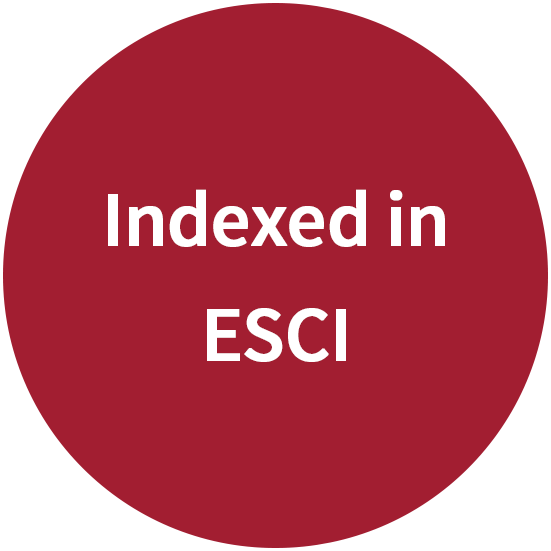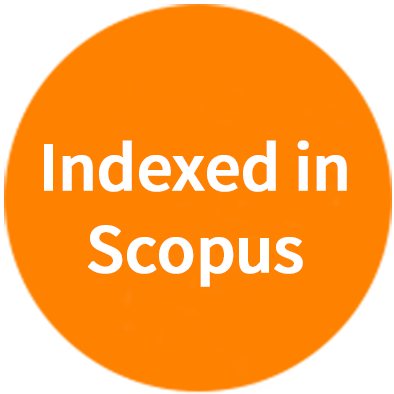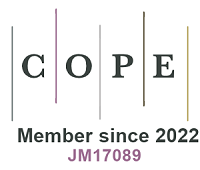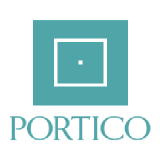REFERENCES
1. Chan CH, Parker S, Pearce DA. The international rare disease research consortium (IRDiRC): making rare disease research efforts more efficient and collaborative around the world. Rare Dis Orphan Drugs J 2023;2:28.
2. Mimouni Y, Halftermeyer J, Petton Y, et al. The European joint programme on rare diseases: building the rare diseases research ecosystem. Rare Dis Orphan Drugs J 2024;3:17.
3. Brooks PJ, Grady AC, Groft S, et al. The division of rare diseases research innovation at the national center for advancing translational sciences, NIH: mission, history, and current research activities. Rare Dis Orphan Drugs J 2024;3:15.
4. Cavaller-Bellaubi M, Hivert V, Favresse R, Le Cam Y. Framing the European rare diseases field through a structured movement of patient organisations. Rare Dis Orphan Drugs J 2024;3:23.
5. Jain R, Wang CM, Foster L, Li EY, Nishimura Y, Tsang KP. Paradox of possibilities: the rare landscape in the Asia Pacific region. Rare Dis Orphan Drugs J 2024;3:8.
6. N=1. N1C annual meeting 2024. Available from: https://www.n1collaborative.org [Last accessed on 9 Oct 2024].
7. Rare Disease Moonshot. Available from: https://www.rarediseasemoonshot.eu/ [Last accessed on 9 Oct 2024].
8. Rare Diseases International. Available from: https://www.rarediseasesinternational.org/ [Last accessed on 9 Oct 2024].
9. World Health Organization. Rare diseases. 2013. Available from: https://www.who.int/standards/classifications/frequently-asked-questions/rare-diseases [Last accessed on 9 Oct 2024].
10. ICORD. 2019. Available from: https://www.icord.es/ [Last accessed on 9 Oct 2024].








